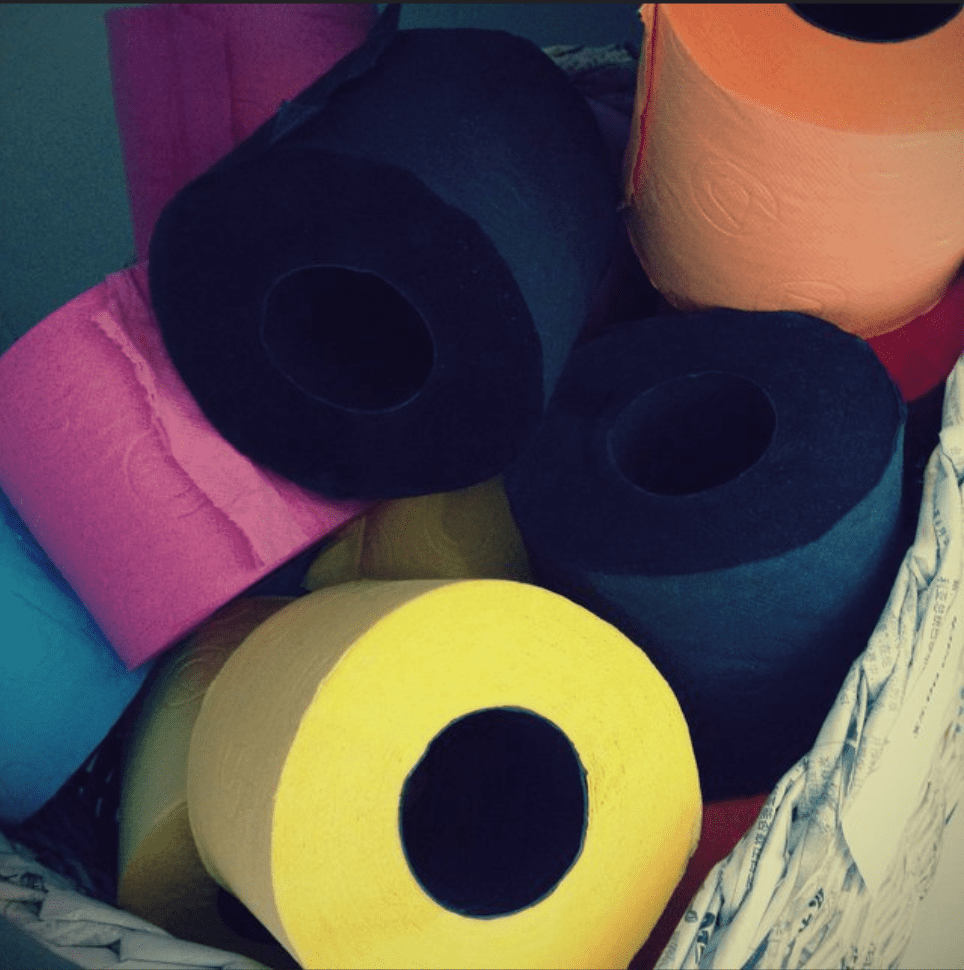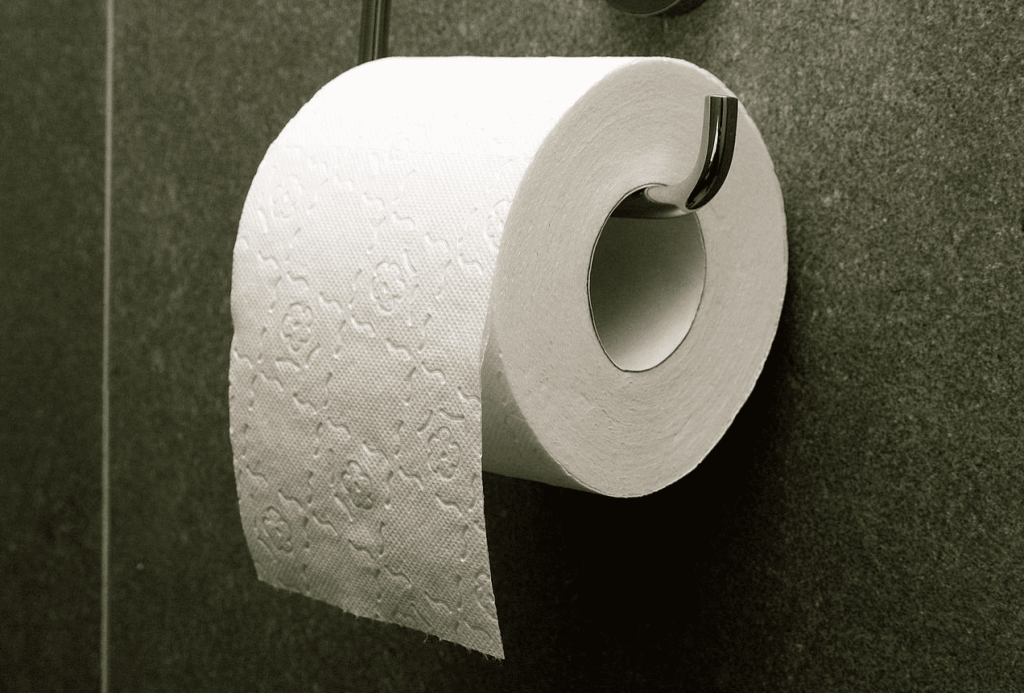Trending Now
It’s one of life’s great mysteries…
No, I’m not talking about how the pyramids were built or if there is life on other planets. I’m referring to why toilet paper is white. Admit it, you’ve thought about it before…
In case you haven’t been paying attention to the news lately, toilet paper is all the rage these days! I don’t think that will be the case for very long, but with the way things are going right now, you never really know, do you?

Photo Credit: Unsplash,Anna Franques
But back to why that thing that we all need in our lives is WHITE.
First, how it’s made. TP is made from cellulose fibers from recycled paper or trees. The fibers are mixed with water to make pulp. The raw toilet paper starts as wood pulp like all other kinds of paper.
The wood pulp is then bleached with either chlorine or hydrogen peroxide to make it whiter. This process makes it whiter but also removes a substance called lignin, making the paper softer.

Photo Credit: Unsplash,Jasmin Sessler
Cellulose fibers are naturally white and the bleaching process, as mentioned earlier, makes what eventually becomes the toilet paper even whiter. Also, when toilet paper is made from recycled paper or office waste, this paper is usually white anyway.
One curious thing, though: unbleached and recycled fibers can also make quality toilet paper as well, and that means it doesn’t necessarily have to be white. So the white color of toilet paper is more conventional than functional because it doesn’t have to be white to be soft and comfortable.
In case you’re wondering, colored toilet paper was trendy in the 1950s but the fad eventually went away.

Photo Credit: Flickr,Wicker Paradise
Jessica Carette, a chemist and the Innovation Manager of Research and Development for the Cascades Tissue Group, says that most TP in the U.S. is white because that’s the preference of the consumers.
In Europe and South America, however, it’s normal to see toilet paper in a variety of colors, including black.
Hey, now you know!






